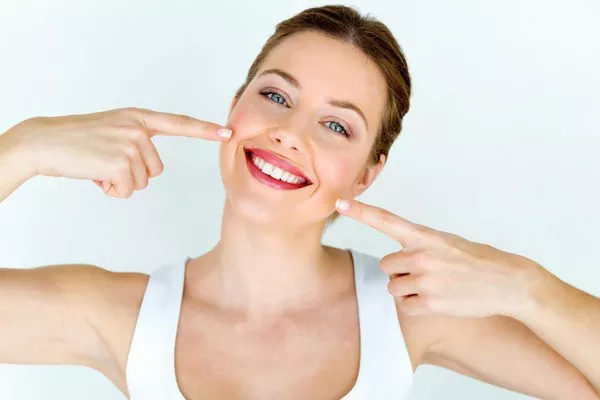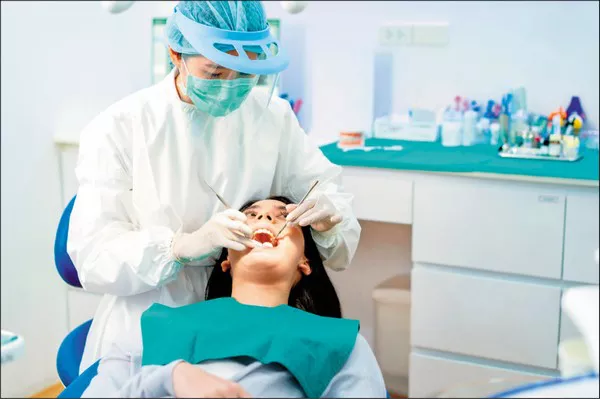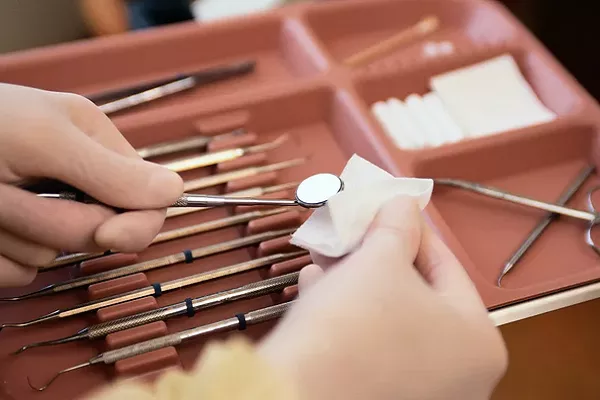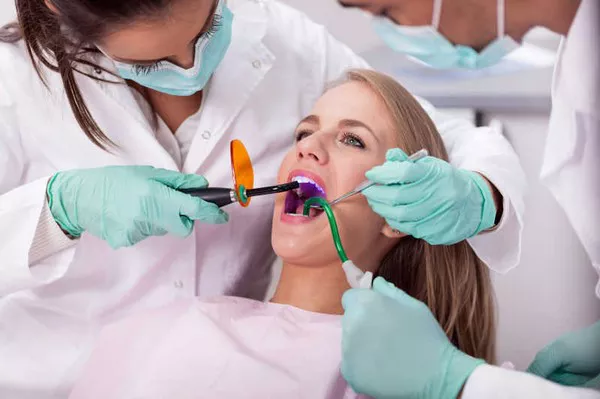Teeth whitening has become a sought-after cosmetic dental procedure, offering individuals the chance to achieve a brighter and more radiant smile. Among the various methods available, the use of whitening gel in combination with UV (ultraviolet) light has gained popularity. However, questions have arisen about whether whitening gel can still be effective without the use of UV light. In this article, we will explore the role of whitening gel, the significance of UV light, and whether whitening gel can produce results on its own.
1. Understanding Whitening Gel
Whitening gel contains hydrogen peroxide or carbamide peroxide, both of which are active ingredients that help break down stains and discoloration on the tooth‘s surface. When applied to the teeth, the peroxide in the gel interacts with the molecules responsible for staining, effectively lifting and lightening the color of the enamel.
2. The Role of UV Light
UV light is often used in conjunction with whitening gel to accelerate and enhance the whitening process. UV light, typically in the blue spectrum, activates the peroxide molecules in the gel, causing them to release oxygen molecules. These oxygen molecules penetrate the enamel, further breaking down stains and discoloration, and resulting in a whiter appearance.
3. Whitening Gel Without UV Light
The question arises: can whitening gel still work effectively without the use of UV light? The answer is yes, but the process may take longer and produce milder results compared to the combined UV light and gel treatment.
3.1 Gradual Whitening
When using whitening gel without UV light, the whitening process is more gradual. The peroxide in the gel still interacts with the stains on the enamel, but the absence of UV light means that the activation process is slower. As a result, it may take several applications over a longer period to achieve the desired level of whitening.
3.2 Milder Results
While whitening gel without UV light can still lighten the teeth, the results may be milder compared to treatments that utilize UV light. The absence of UV light means that the oxygen release process is not as accelerated, which can affect the intensity of the whitening effect.
4. Factors Affecting Whitening Results
4.1 Concentration of Whitening Gel
The concentration of hydrogen peroxide or carbamide peroxide in the whitening gel plays a significant role in determining the effectiveness of the treatment. Higher concentrations tend to yield more noticeable results, even without UV light.
4.2 Staining Severity
The severity of stains and discoloration on the teeth also influences the effectiveness of the whitening gel. Mild to moderate stains are more likely to respond well to the gel, even without UV light.
4.3 Consistency and Application
Consistently applying the whitening gel according to the manufacturer’s instructions is crucial for achieving optimal results. Proper application ensures that the gel has ample time to interact with the stains and discoloration.
5. Precautions and Considerations
5.1 Sensitivity
Using whitening gel, especially without the acceleration of UV light, may still lead to tooth sensitivity. Individuals with pre-existing sensitivity may need to exercise caution and consider desensitizing products.
5.2 Consultation with a Dentist
Before embarking on any teeth whitening regimen, it’s advisable to consult with a dentist. A dentist can evaluate your oral health, assess the suitability of the whitening method for your teeth, and provide guidance on achieving the best results.
Conclusion
Whitening gel can indeed work without the use of UV light, although the results may be more gradual and milder. While UV light accelerates the whitening process and enhances the results, the peroxide in the gel still plays a significant role in breaking down stains and discoloration. The effectiveness of whitening gel without UV light depends on factors such as the concentration of the gel, the severity of staining, and consistent application. As with any dental procedure, consulting with a dentist is crucial to ensure that the chosen method aligns with your oral health needs and goals, ultimately helping you achieve a brighter and more confident smile.
Related Topics:






























